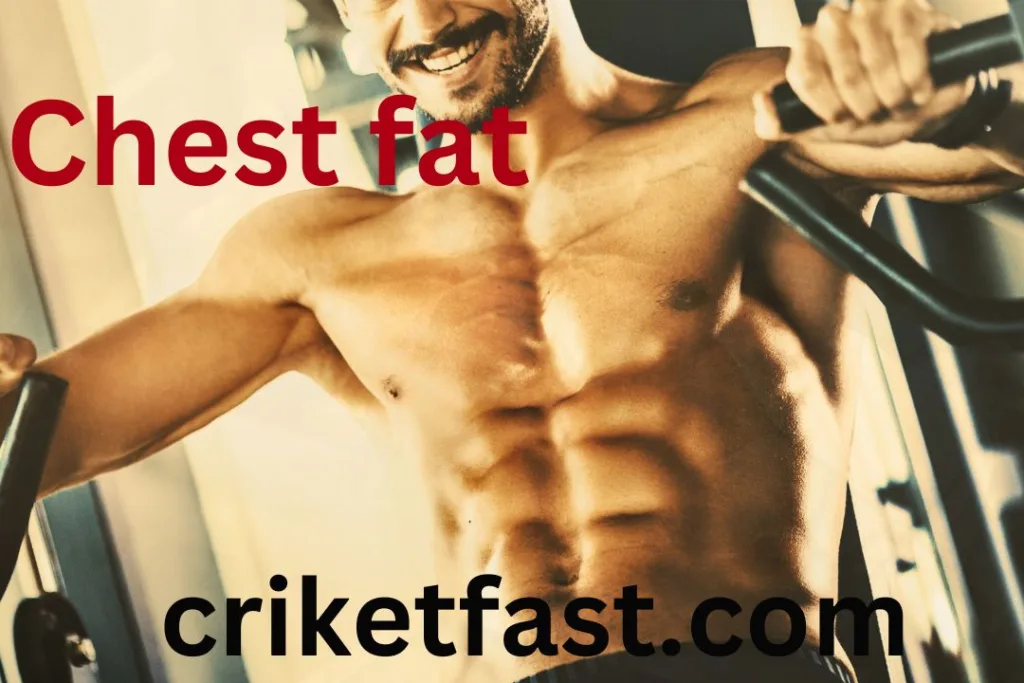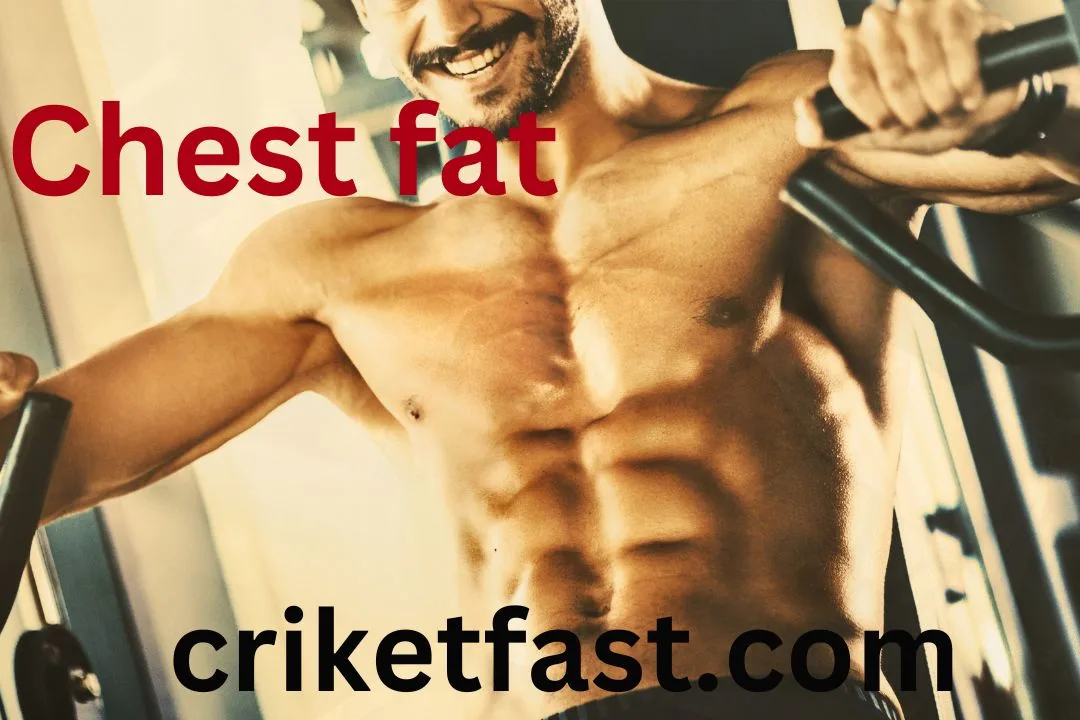How to Lose Chest Fat: Effective Strategies and Tips
Find evidence-based tips on how to get rid of stubborn chest fat and lose weight for a slimmer, more toned body.
Excess fat accumulation in the chest area can be a source of frustration and self-consciousness for many individuals. Whether you’re looking to sculpt a more defined chest or simply reduce overall body fat, targeted strategies can help you achieve your goals effectively. In this article, we’ll explore practical tips and techniques for losing chest fat and achieving a more toned and confident physique.

Understanding Chest Fat
Before diving into specific strategies for chest fat loss, it’s essential to understand the underlying factors contributing to its accumulation. Genetics, hormonal imbalances, unhealthy lifestyle habits, and dietary choices can all influence fat distribution in the chest area. While spot reduction is not possible, adopting a holistic approach that combines targeted exercises, a balanced diet, cardiovascular activity, and lifestyle modifications can help you achieve significant improvements in chest fat levels over time.
Importance of Targeted Exercises
Incorporating targeted chest exercises into your workout routine is crucial for toning and strengthening the muscles in this area. While spot reduction isn’t feasible, building muscle mass can help increase metabolic rate and promote overall fat loss throughout the body.
Effective Workouts for Chest Fat Loss
Push-Ups: A classic bodyweight exercise that targets the chest, shoulders, and triceps. Variations such as incline or decline push-ups can provide added resistance and challenge.
Dumbbell Presses: Perform flat, incline, and decline dumbbell presses to target different areas of the chest effectively.
Chest Flyes: Using dumbbells or cables, chest flyes isolate the pectoral muscles, helping to enhance definition and shape.
Chest Dips: This compound exercise targets the chest, shoulders, and triceps, providing a challenging yet effective workout for chest fat loss.
Balanced Diet and Nutrition
In addition to targeted exercises, adopting a balanced diet is essential for reducing chest fat and promoting overall weight loss.
Foods to Include and Avoid
Lean Protein Sources: Incorporate lean proteins such as chicken, fish, tofu, and legumes into your meals to support muscle growth and repair.
Healthy Fats: Opt for sources of healthy fats like avocados, nuts, seeds, and olive oil to promote satiety and support hormone balance.
Complex Carbohydrates: Choose whole grains, fruits, and vegetables for sustained energy and essential nutrients.
Limit Processed Foods: Minimize intake of processed foods, sugary snacks, and high-fat, high-calorie foods that contribute to weight gain and inflammation.
Cardiovascular Exercise
Incorporating cardiovascular activity into your routine is essential for burning calories and promoting fat loss throughout the body, including the chest area.

Incorporating Cardio into Your Routine
Running or Jogging: Engage in regular running or jogging sessions to elevate heart rate and boost calorie expenditure.
Cycling: Enjoy cycling outdoors or using a stationary bike for an effective low-impact cardio workout.
High-Intensity Interval Training (HIIT): HIIT workouts involving short bursts of intense exercise followed by brief rest periods are excellent for burning calories and improving cardiovascular fitness.
Consistency and Patience
Achieving significant results in chest fat loss requires consistency, dedication, and patience. Understand that progress may be gradual and that sustainable changes take time to manifest. Stay committed to your fitness routine and lifestyle modifications, and celebrate small victories along the way.
Lifestyle Changes for Fat Loss
In addition to exercise and nutrition, certain lifestyle factors can impact chest fat levels and overall body composition.
Stress Management
Chronic stress can contribute to weight gain and hinder fat loss efforts. Practice stress-reducing techniques such as mindfulness, meditation, yoga, or spending time in nature to promote relaxation and well-being.
Sufficient Sleep
Prioritize quality sleep to support optimal hormone regulation, metabolism, and recovery. Aim for 7-9 hours of uninterrupted sleep per night to support your fat loss goals.
Hydration
Stay adequately hydrated by drinking plenty of water throughout the day. Proper hydration supports metabolism, digestion, and overall health, facilitating fat loss and muscle function.
Seeking Professional Guidance
If you’re struggling to achieve your desired results or have specific health concerns, consider seeking guidance from a certified fitness professional or nutritionist. They can provide personalized advice, tailored workout plans, and dietary recommendations to help you reach your chest fat loss goals safely and effectively.
Conclusion
Losing chest fat and achieving a more toned and sculpted chest requires a combination of targeted exercises, a balanced diet, cardiovascular activity, and lifestyle modifications. By adopting a holistic approach and remaining consistent in your efforts, you can achieve significant improvements in chest fat levels and overall body composition over time. Remember to celebrate your progress, stay patient, and prioritize your health and well-being throughout your fitness journey.
Read: The Best Leg Press Workouts In The Gym

Unique FAQs
Can I target chest fat specifically with exercises?
While spot reduction isn’t possible, targeted chest exercises can help strengthen and tone the muscles in this area, contributing to overall fat loss and improved chest definition.
How long does it take to see results in chest fat loss?
The timeline for seeing results in chest fat loss varies depending on individual factors such as genetics, diet, exercise routine, and overall lifestyle. Consistency and patience are key to achieving lasting results.
Are there any dietary supplements that can help with chest fat loss?
While certain supplements may support overall weight loss and metabolism, it’s essential to focus on a balanced diet and regular exercise as the primary strategies for chest fat loss. Consult with a healthcare professional before starting any new supplement regimen.
Can hormonal imbalances contribute to chest fat accumulation?
Hormonal imbalances, such as elevated estrogen levels in men or imbalances in thyroid hormones, can influence fat distribution, including the chest area. Addressing underlying hormonal issues may be necessary for effective fat loss.

